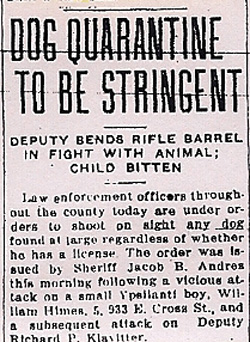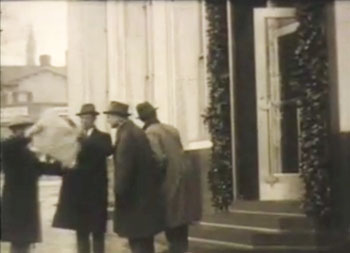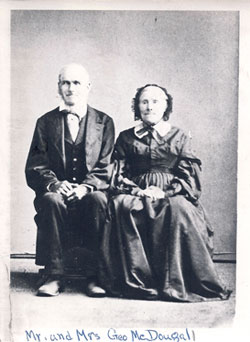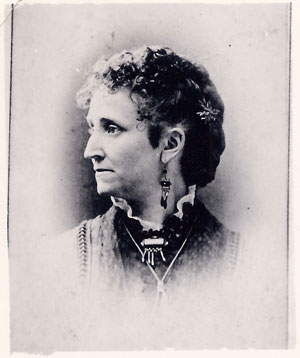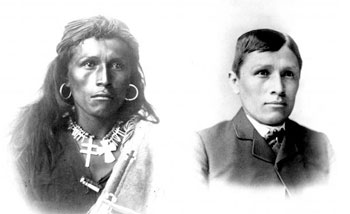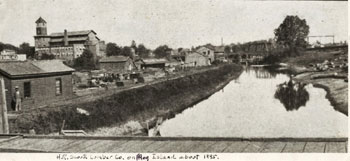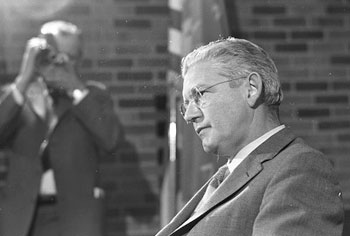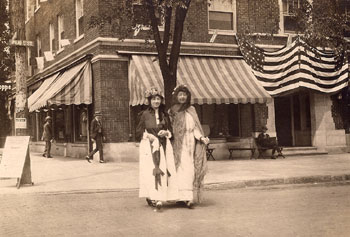Ann Arbor District Library board meeting (Oct. 18, 2011): On Friday, the public will get online access to 18,000 articles, 3,000 photos, and an index with over 160,000 names – the initial phase of a massive digitization of The Ann Arbor News archives being undertaken by the library.

Old bound copies of The Ann Arbor News from the early 1900s. The archives are stored in a climate-controlled office complex on Green Road.
Andrew MacLaren – one of the librarians who’s been working on the project since the library took possession of the archives in January 2010– gave board members a brief preview of what AADL is unveiling at a reception on Friday. Called “Old News,” the online archives will initially feature items selected for digitization primarily by library staff, with a focus on the 1960s and ’70s, but with other eras included as well.
The hope is that future additions to the collection will be driven in large part by queries from the public. As librarians respond to research requests – people seeking newspaper articles or photos about specific events, institutions, or individuals – AADL staff will digitize their findings to be posted online for anyone to access.
The launch will also include special features from the collection that the library staff felt would draw more interest, including hundreds of articles and photos related to John Norman Collins, a serial killer whose killings in the late 1960s drew national attention. Other features include the history of West Park, and the 1968 Huron River floods.
Podcasts will be posted of interviews with former Ann Arbor News staff – including long-time crime reporter Bill Treml and photographer Jack Stubbs. AADL staff is also interviewing owners of “heritage” Ann Arbor businesses. Initial podcasts include conversations with David Vogel of Vogel’s Lock & Safe, and Charles Schlanderer Jr. and Charles Schlanderer Sr. of Schlanderer & Sons Jewelry. Additional podcasts will be added to the collection over time.
Though the cornerstone of this collection is from the 174-year-old Ann Arbor News – which its owners, New York-based Advance Publications, shut down in mid-2009 – another 97,000 articles from local 19th century newspapers will be part of the initial launch, too.
At Tuesday’s board meeting, AADL director Josie Parker praised the librarians who’ve been the primary staff working on this project – MacLaren, Amy Cantu, Debbie Gallagher, and Jackie Sasaki – and thanked board members as well for their support. It was the board’s decision in 2009 to move ahead with the project that made the resulting work possible, she said. The library does not own the originals or hold the copyright to the material, but the library did not need to pay for the archives. AADL still incurs costs related to the project, including staff time, insurance, and leasing of the Green Road offices where the archives are located. That location is not open to the public.
A reception for the launch is planned for Friday, Oct. 21 at 7 p.m. in the downtown library, 343 S. Fifth Ave. The event will feature a talk on the digitization of newspapers by Frank Boles, director of the Clarke Historical Library at Central Michigan University. [Full Story]








